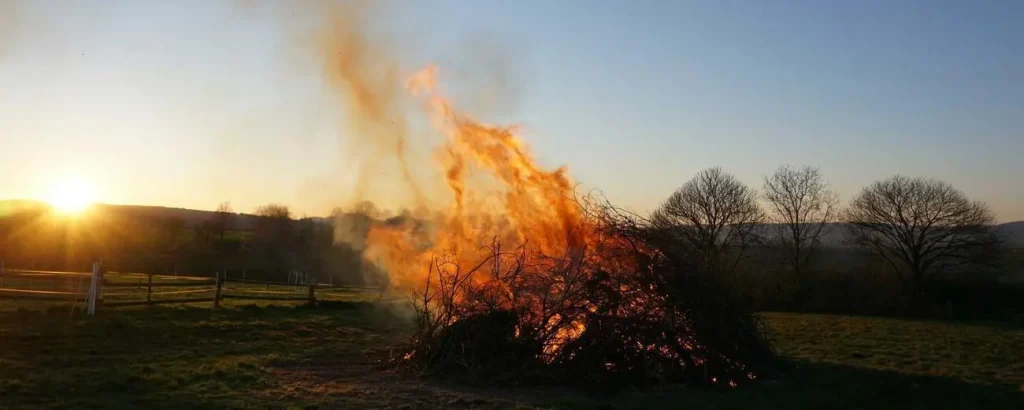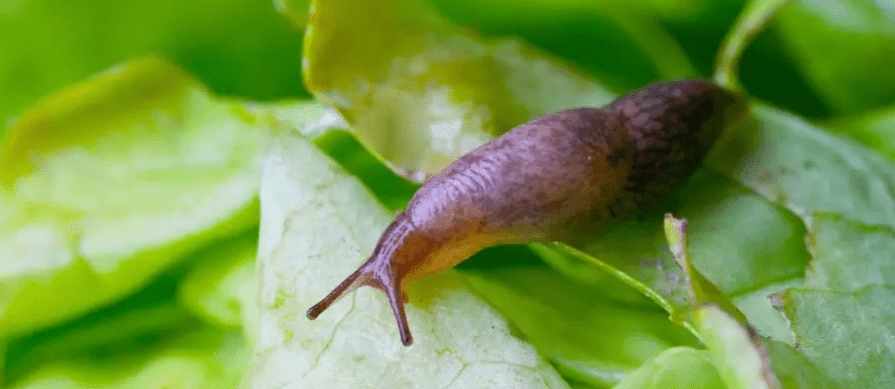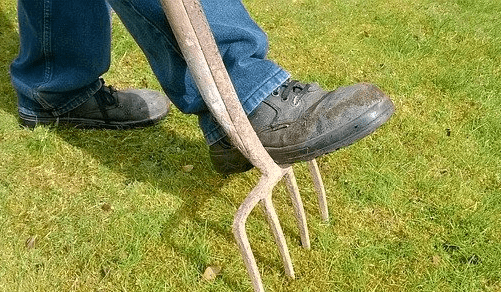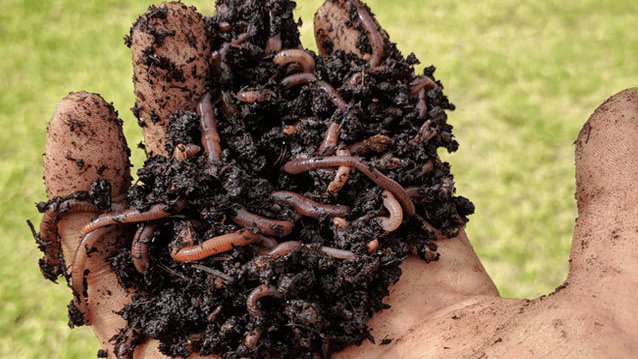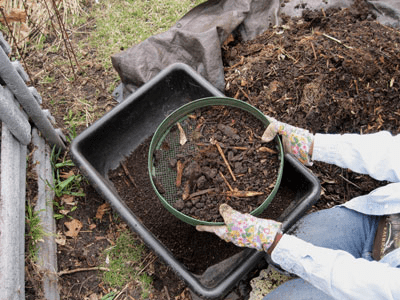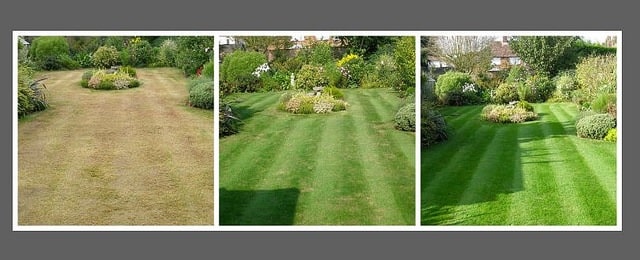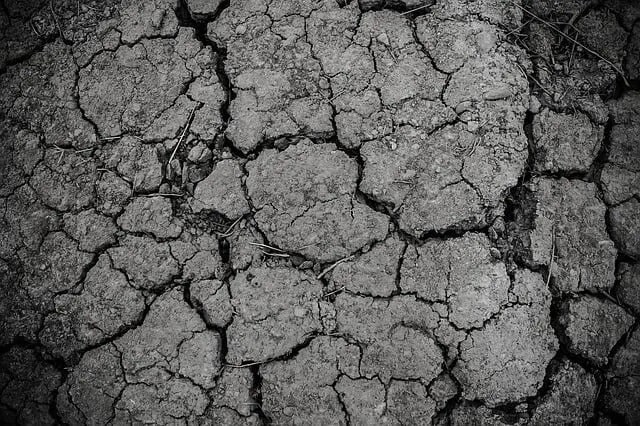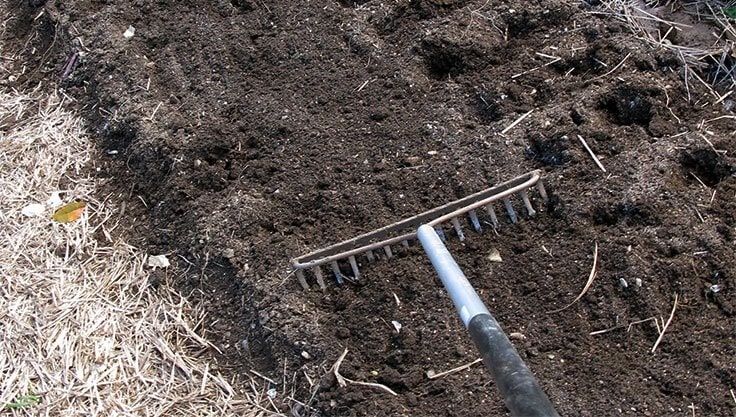Contents
How to Protect Wildlife from Easter Bonfires
For many, the Easter bonfire is a cherished spring tradition: friends gather around the blazing wood, children marvel at the flames, and sparks dance into the night. However, what brings warmth and community to us can quickly turn into a deadly trap for wildlife.
Bonfire Night in the UK: A Spectacle with Hidden Dangers for Wildlife
In the UK, Bonfire Night—also known as Guy Fawkes Night—is celebrated on November 5th with large bonfires and fireworks displays. Just like Easter bonfires, these fires pose a serious risk to wildlife. Brush piles, often prepared in advance, become inviting shelters for hedgehogs, frogs, toads, and other small creatures looking for warmth and protection. Without intervention, many animals could unknowingly be caught in the flames when the fire is lit.
How to Keep Wildlife Safe on Bonfire Night
- Rebuild the bonfire before lighting it: Like with Easter fires, always move and restack wood and branches on the day of the event to ensure no animals have taken refuge inside.
- Check for wildlife: Use a broom handle or a torch to inspect the base of the bonfire before lighting it. Hedgehogs, in particular, curl up when they sense danger instead of running away.
- Create a safe escape route: If you spot an animal inside, gently guide it away to a safe place such as a pile of logs or a compost heap.
- Use contained fire pits: Fire pits and raised bonfires are less attractive to wildlife and easier to monitor.
- Spread awareness: Many people don’t realize the risk bonfires pose to animals—remind friends, family, and event organizers to check before lighting.
By taking a few simple precautions, you can enjoy the warmth and spectacle of Bonfire Night while ensuring the safety of local wildlife.
How the Traditional Easter Bonfire Poses a Risk to Wildlife
Brush piles that are stacked days or even weeks before Easter become fatal traps for many wild animals. These piles attract hedgehogs, rabbits, amphibians, and birds as they offer shelter or serve as nesting sites. Hedgehogs and small mammals seek cover here—some are still hibernating, while others look for new hiding spots in spring to protect themselves from the cold and predators.
Birds also start nesting early in the year. Species like robins or dunnocks may have already built their nests in the brush piles by the time the fire is lit. Often, animals do not recognize the danger in time or are unable to escape.
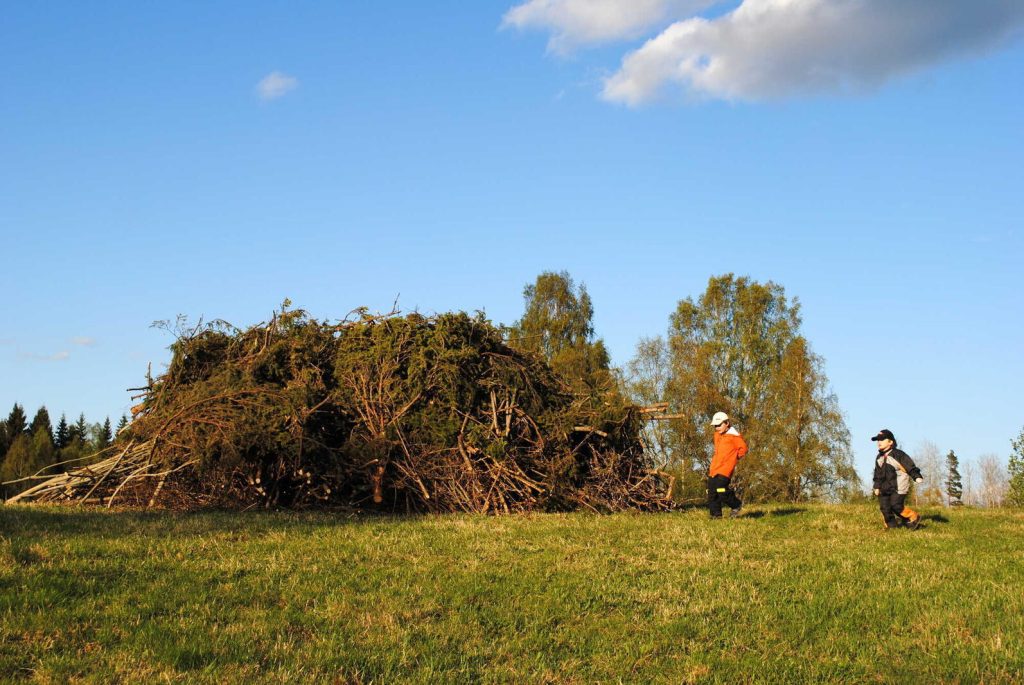
The Tradition of the Easter Bonfire: Its Origins
The Easter bonfire is an ancient tradition in Northern and Central Europe, originally a pagan spring ritual. Large fires were lit on the night before Easter Sunday to drive away winter and welcome the light. Over time, this custom was incorporated into Christian traditions, symbolizing the resurrection of Jesus Christ and the Easter light. To this day, especially in rural areas, families, friends, and entire communities gather around the fire—a symbol of togetherness, new beginnings, and hope.
How to Protect Wildlife While Celebrating Safely
- Rearrange brush piles shortly before burning: Store branches and twigs separately and only stack them just before lighting the fire. This prevents animals from nesting inside.
- Use alternatives: Fire pits or small campfires are less attractive to wildlife and easier to control.
- Leave old brush piles untouched: Instead of burning them, keep them as a refuge for hedgehogs, insects, or amphibians. This helps support biodiversity in your garden—perhaps consider creating a Benjes hedge?
- Spread awareness: Many people are unaware of the dangers Easter bonfires pose to wildlife. Inform your friends, family, and neighbors—the more people involved, the greater the impact.

